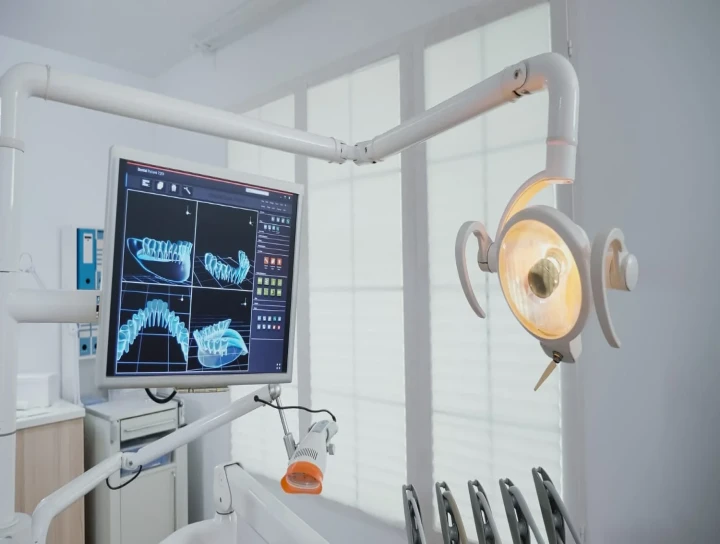
Virtual planning has significantly impacted the outcome of orthognathic surgery, offering several benefits:
# Benefits of Virtual Planning
1. Improved accuracy: Virtual planning allows for precise measurements and simulations, reducing errors and improving surgical outcomes.
2. Enhanced visualization: 3D models and simulations provide a clear understanding of the patient's anatomy and the planned surgical changes.
3. Increased efficiency: Virtual planning streamlines the treatment process, reducing the need for multiple consultations and physical model fabrication.
4. Better communication: Virtual planning facilitates clear communication between surgeons, orthodontists, and patients, ensuring everyone is on the same page.
5. Reduced surgical time: Virtual planning enables surgeons to prepare and rehearse the surgery, reducing operative time and improving outcomes.
6. Improved patient satisfaction: Virtual planning allows patients to visualize and understand the planned changes, increasing their confidence and satisfaction with the treatment.
# Outcomes of Virtual Planning in Orthognathic Surgery
1. Improved surgical accuracy: Studies have shown that virtual planning reduces surgical errors and improves the accuracy of osteotomies.
2. Reduced complications: Virtual planning helps identify potential complications, such as nerve damage or inadequate bone contact, allowing for proactive measures to mitigate these risks.
3. Enhanced esthetic outcomes: Virtual planning enables surgeons to optimize esthetic results, taking into account facial proportions, symmetry, and soft tissue changes.
4. Improved functional outcomes: Virtual planning helps surgeons optimize functional outcomes, such as occlusion, mastication, and speech.
5. Reduced recovery time: Virtual planning enables surgeons to minimize tissue trauma and optimize surgical techniques, reducing recovery time and post-operative discomfort.
# Limitations and Future Directions
1. Technical limitations: Virtual planning software and hardware limitations can affect accuracy and reliability.
2. Clinical validation: Further studies are needed to validate the clinical outcomes of virtual planning in orthognathic surgery.
3. Integration with other technologies: Integration of virtual planning with other technologies, such as 3D printing and robotic surgery, may further enhance outcomes.
4. Cost-effectiveness: The cost-effectiveness of virtual planning in orthognathic surgery needs to be evaluated.


No Any Replies to “How 3D virtual planning affect in diagnosis and treatment planning”
Leave a Reply